We work with amateur and professional researchers to further our understanding of dragonflies and how best to protect and manage their wetland habitats.
Dragonfly Conservation Group
The Dragonfly Conservation Group (DCG) exists as a sub-group within the British Dragonfly Society (BDS) and aims to co-ordinate the conservation, research, recording and training aspects of the Society. It works closely with the Society’s Trustees, Officers and the BDS Recording Scheme. The Group administers the Society’s grant scheme, for which the Convenor is the point of contact.
The DCG meets at least twice a year, in spring and autumn, and currently numbers twelve, plus two corresponding members. Its Convenor is appointed on a rolling four-year basis and the members are selected to provide a wide range of relevant skills.
| Pam Taylor (Convenor) | Mike Averill | Pat Batty |
| Steve Cham | Eleanor Colver | Jen Davidson |
| David Hepper | Toby Hill | Lauren Kennedy |
| Adrian Parr | Dave Smallshire | Jon Van-gowler |
| Daniele Muir |
Membership of the Dragonfly Conservation Group is by invitation only, but the group always welcomes enquiries from people who believe they can expand the expertise of the team.
In particular, the group would welcome contact from people with the following skills or experience:
- Recent or current experience of working in academia and/or ecological/environmental research.
- In-depth knowledge of Odonata.
- In-depth knowledge of freshwater ecosystems and their management.
- Experience in GIS or ecological statistics.
For further enquiries please contact Pam Taylor (Convenor)
Corbet Moore Award
The Corbet Moore Award is currently unavailable due to a redirection of funds towards specific research initiatives.
Research Ideas For Students
Please contact our Conservation Officer if you would like to discuss any of these projects.
International Research Organisations And Websites
| Worldwide Dragonfly Association | The WDA is an international organization dedicated to research, conservation and public awareness of dragonflies and damselflies (Odonata). |
| International Odonatological Foundation | “Odonatologica is one of the best biology journals in the world at the moment. It’s a classic example of the ‘ground-up’ approach to global biodiversity.” |
| International Commission for Zoological Nomenclature (ICZN) | The International Commission on Zoological Nomenclature (ICZN) acts as adviser and arbiter for the zoological community by generating and disseminating information on the correct use of the scientific names of animals. |
| International Dragonfly Fund (IDF) | Promoting projects to research and protect the dragonflies of our world and their habitats. |
| OdonataCentral & The Dragonfly Society of the Americas (DSA) | OdonataCentral hosts the site of the DSA and also contains comprehensive checklists of species together with ditribution maps and photos for USA, Canada and Mexico species. |
| Société française d’Odonatologie (SfO) | The French Odonatology society. |
| Finnish Dragonfly Society | The site is in Finnish so here is a direct link to the species list in English. |
| Libellules | Site about the odonata of France |
| Nederlandse Vereniging voor Libellenstudie (NVL) | Brachytron: the Dutch dragonfly society. |
| Gesellschaft deutschsprachiger Odonatologen (GDO) | A German Odonatologists group |
| The Hokkaido Odonatological Society | A group interested in studying and conserving dragonflies in Hokkaido |
| Odonata EU | The online identification guide for all dragonfly and damselfly species that occur in Europe. |
| Odonata.DK | Dragonflies and damselflies of Denmark, in English and with Danish common names, by photographer Jesper Johnsen Pedersen. |
| Swedish Dragonflies | The Swedish dragonfly website. |
Title image: Common Darter by Gareth William Tonks







